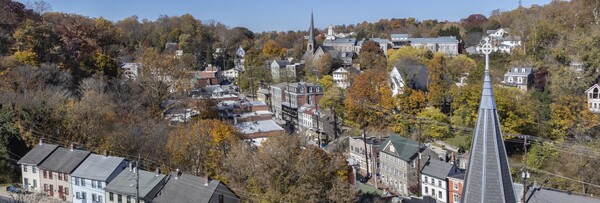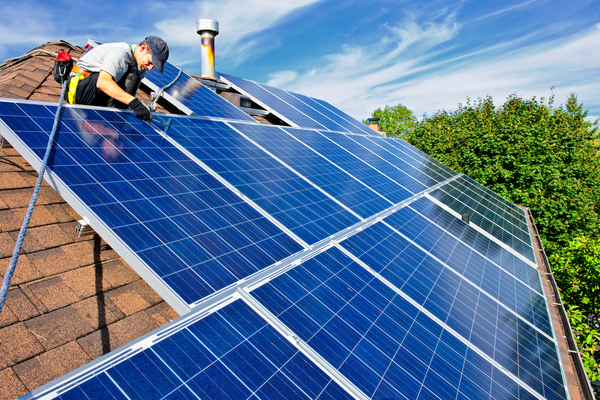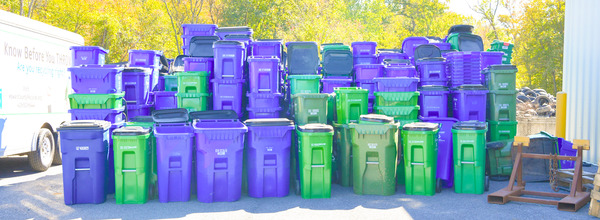Howard County Climate Forward
A National Leader in Bold Climate Action
Welcome to the Howard County Climate Forward Dashboard. By 2030, the County strives to reduce greenhouse gas emissions by 60%. Discover what the County is doing to meet this goal and track our progress. Find out how you can be a part of the solution with various ways - from big to small - that you can make a difference.









